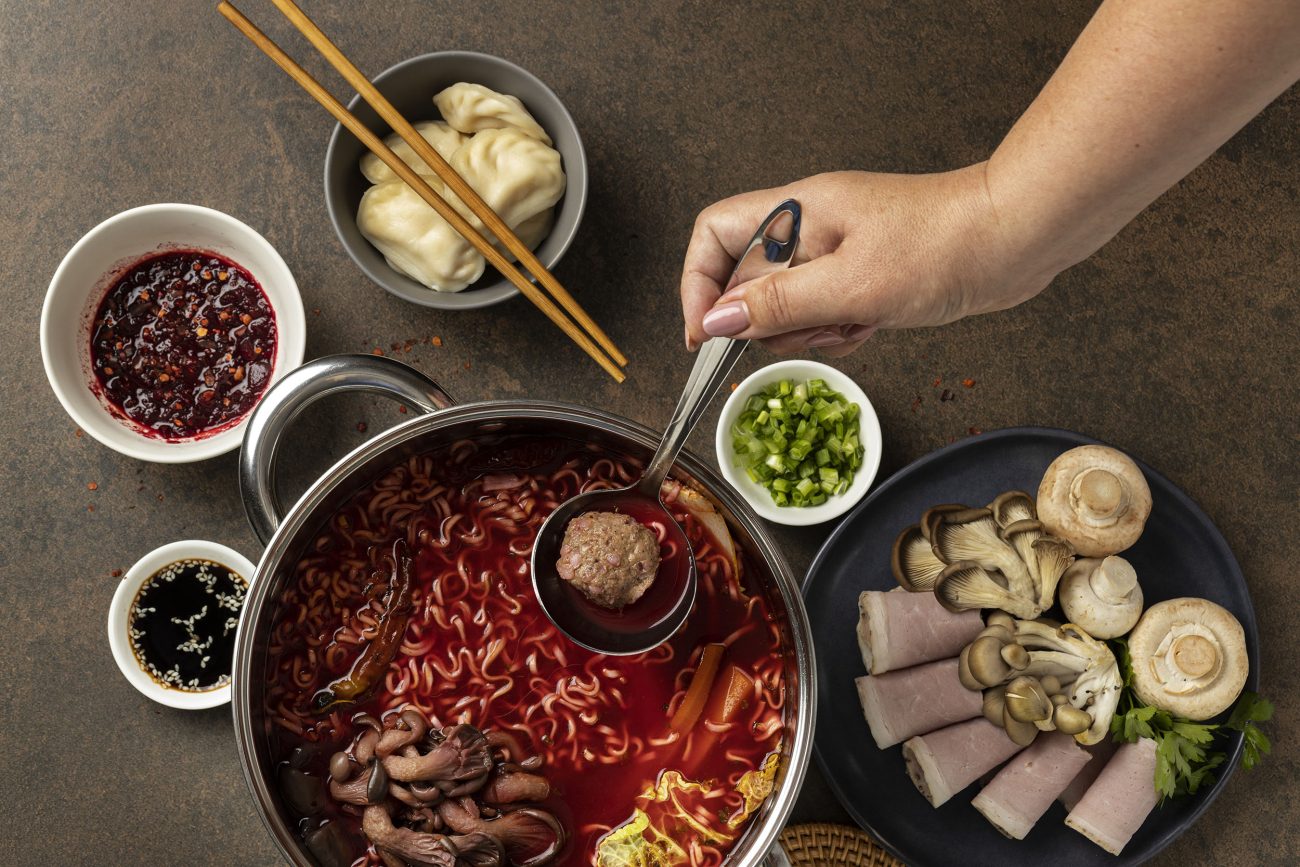An Exploration of Chinese Cuisine

Chinese cuisine is one of the most diverse and celebrated culinary traditions in the world. With a rich history that spans thousands of years, it reflects the cultural, geographical, and climatic diversity of the regions within China. Here, we will delve into the key aspects of Chinese food, including its main characteristics, popular dishes, regional variations, and cultural significance.
Key Characteristics of Chinese Cuisine
- Balance of Flavors: Chinese food is known for its harmonious balance of flavors, including sweet, sour, bitter, salty, and umami.
- Use of Fresh Ingredients: Fresh vegetables, meats, and herbs are essential components, emphasizing seasonal availability.
- Cooking Techniques: Common methods include stir-frying, steaming, braising, and boiling, each contributing to the distinct texture and flavor profiles of dishes.
- Presentation: Attention to visual appeal is paramount, with vibrant colors and artistic plating.
Popular Dishes
- Peking Duck: A famous dish from Beijing, known for its crispy skin and tender meat, often served with pancakes and hoisin sauce.
- Dim Sum: A variety of small dishes typically served in steamer baskets, including dumplings, buns, and rolls, enjoyed with tea.
- Kung Pao Chicken: A spicy stir-fry dish made with chicken, peanuts, and vegetables, flavored with soy sauce and chili peppers. ( View Recipe )
- Mapo Tofu: A spicy and numbing dish featuring tofu and minced meat in a flavorful sauce made from fermented broad beans and chili oil.
- Sweet and Sour Pork: A classic dish that combines fried pork with a tangy sauce made from vinegar, sugar, and ketchup.
Regional Variations
Chinese cuisine is incredibly diverse, with various regions offering unique flavors and cooking styles. Some notable regional cuisines include:
| Region | Characteristics | Signature Dishes |
|---|---|---|
| Sichuan | Known for bold flavors and spiciness. | Mapo Tofu, Kung Pao Chicken |
| Cantonese | Emphasizes fresh ingredients and mild flavors. | Dim Sum, Sweet and Sour Pork |
| Shandong | Famous for seafood and hearty dishes. | Braised Scallops, Jiaozi (dumplings) |
| Jiangsu | Known for its delicate flavors and artistic presentation. | Sweet and Sour Spare Ribs |
| Hunan | Renowned for spicy and fragrant dishes. | Chairman Mao’s Red Braised Pork |
Cultural Significance
- Symbolism: Many Chinese dishes carry symbolic meanings, such as longevity, prosperity, and happiness.
- Festivals: Food plays a central role in Chinese festivals, such as the Chinese New Year and Mid-Autumn Festival, where special dishes are prepared and shared among family and friends.
- Family and Community: Meals are often communal, emphasizing the importance of family and social connections. Sharing food is a way of expressing care and love.
Chinese cuisine offers a fascinating blend of flavors, techniques, and cultural significance. Its diversity reflects the vastness of China itself, making it a culinary treasure that continues to evolve while maintaining its rich heritage. Whether you are enjoying a simple bowl of noodles or an elaborate banquet, Chinese food has something to offer for everyone.


You Might Also Like
Kerala Mussels (Kallumakaaya)— Varieties, Benefits, Risks, and How to Cook Them.
Discovering Kerala’s Flavorful Pickles
Kerala, the lush and vibrant state on the southwestern coast of India,...
Exploring Kerala’s Thattukada: A Flavorful Evening with Pungu’s Kitchen
There’s something magical about evenings in Kerala. As the day winds down,...
Broth: The Unsung Hero of Your Kitchen
Broth, the humble liquid foundation of countless dishes, often gets overlooked. But...
Kerala Top 5 Iconic Dishes Must-Try Foods
Welcome to God's Own Country - Kerala! Located in the southwestern part...
Wishing India a Flavorful Independence Day
As we prepare to honor the anniversary of India's hard-won independence, it's...